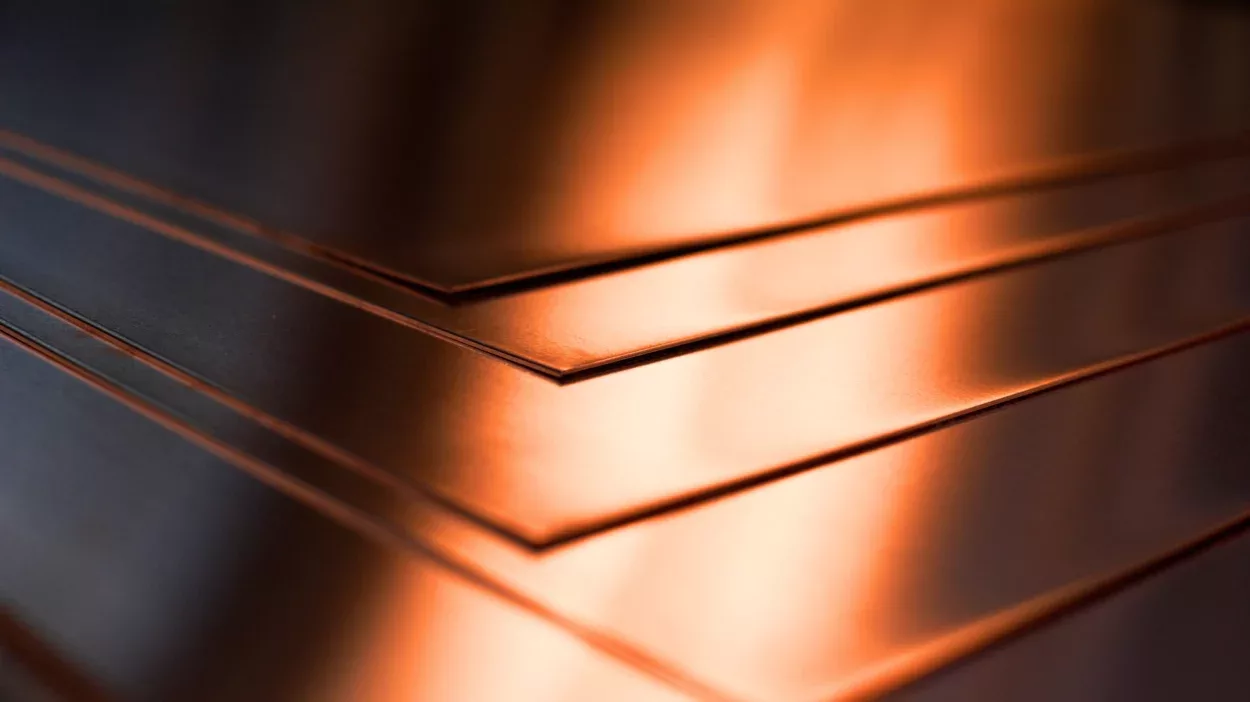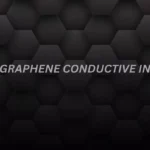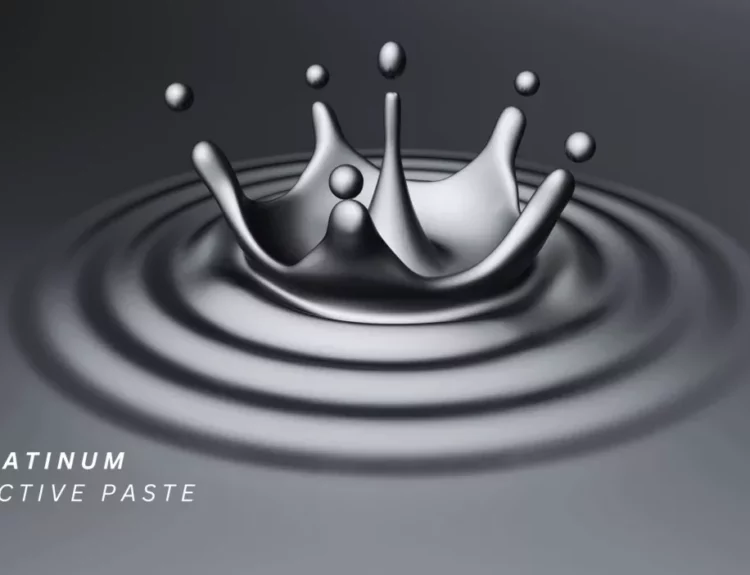Introduction
Copper foil conductive tape is finding applications in a wide range of sectorts like electronics, automotive, and many others. Its excellent conductivity, flexibility, and adhesive properties make it an essential tool for shielding, grounding, and electrical repairs. Understanding how copper foil conductive tape is made can help us appreciate its benefits and the diverse applications it can be used for. This article will explain the copper foil conductive tape manufacturing techniques in simple terms.
What is Copper Foil Conductive Tape?
Copper foil conductive tape is a thin copper-coated sheet with an adhesive layer on one side. This tape is conductive and flexible, making it ideal for various applications, from DIY electronics projects to professional electrical installations.
Manufacturing Techniques
The manufacturing process for copper foil conductive tape involves several key steps:
Producing Copper Foil
- Mining and Refining Copper: The process starts with mining copper ore. The ore is then refined to obtain pure copper metal.
- Casting Copper Ingots: The refined copper is melted and cast into large blocks called ingots.
- Rolling into Thin Foil: The copper ingots are then rolled into thin sheets. This is done using large rolling machines that press the copper into the desired thickness. The rolling process can involve several stages to gradually reduce the thickness of the copper sheet until it becomes a thin foil.
Surface Treatment
- Cleaning: The copper foil is thoroughly cleaned to remove any impurities or contaminants affecting its conductivity or adhesion.
- Smoothing and Polishing: The surface of the copper foil is smoothed and polished to ensure it is even and free of defects. This step is crucial for ensuring good contact and conductivity.
Applying the Adhesive Layer
- Choosing the Adhesive: A conductive adhesive coats one side of the copper foil. The adhesive must be strong enough to stick to various surfaces while also being conducive to maintaining electrical connections.
- Coating the Foil: The adhesive is evenly applied to one side of the copper foil using coating machines. This process ensures a consistent layer of adhesive, essential for the tape’s performance.
- Drying and Curing: After applying the adhesive, the tape undergoes a drying and curing process to set the adhesive. This involves passing the tape through ovens or using UV light to harden the adhesive layer.
Cutting and Packaging
- Cutting to Size: The large rolls of adhesive-coated copper foil are then cut into smaller, manageable rolls sheets, depending on the intended use. This is done using precision cutting machines to ensure clean, straight edges.
- Quality Inspection: Each roll or sheet of copper foil tape is inspected for quality. This includes checking for defects, measuring thickness, and testing conductivity and adhesion.
- Packaging: The finished copper foil conductive tape is then packaged for shipment. Proper packaging is essential to protect the tape from damage during transport and storage.
Conclusion
Manufacturing copper foil conductive tape involves several detailed steps, from producing and treating the copper foil to applying the adhesive layer and cutting it to size. Each step is important to make sure the final product is high quality, with excellent conductivity, flexibility, and adhesive properties. Understanding this process helps us appreciate the versatility and reliability of copper foil conductive tape in various applications, from simple home repairs to advanced electronic devices.
To buy this product, kindly follow the links given below.
1- Techinstro
2- Shilpent





